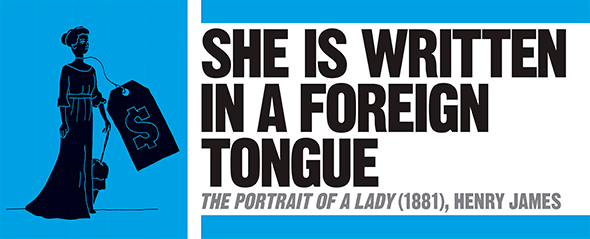The Literature Book: Big Ideas Simply Explained - James Canton 2016
She is written in a foreign tongue • The Portrait of a Lady, Henry James
Depicting real life • 1855–1900

IN CONTEXT
FOCUS
Transatlantic fiction
BEFORE
1844 In Martin Chuzzlewit, Charles Dickens offers an early piece of transatlantic fiction, set in England and the USA.
1875 The Way We Live Now, a satirical novel by English writer Anthony Trollope, follows corrupt European financier Augustus Melmotte and his American investments.
AFTER
1907 US author Edith Wharton’s Madame de Treymes revolves around Americans living in France.
1926 In The Sun Also Rises, US author Ernest Hemingway presents a group of young American and British expatriates in Paris and Spain.
1955 In Vladimir Nabokov’s Lolita, European Humbert Humbert pursues the young Lolita across the USA.
Much has been made of the supposed psychological and cultural differences between Europeans (notably the British) and Americans — whether in language, humour, or social etiquette. In Europe, the debate often centres on Americanisms that are seen to be creeping into European cultures.
Similar preoccupations have been reflected in literature, with early transatlantic fiction often exploring cultural differences, but with a particular focus on the impact of the Old World (Europe) on US sensibilities. Although the 18th century had seen a political and economic breach in Anglo—American relations that led to US independence in 1776, there remained a strong, though at times antagonistic, bond between the two. As a nation, the USA gained in confidence, and saw a growth in the affluent classes and an increase in tourism and transatlantic travel.
"If we’re not good Americans we’re certainly poor Europeans; we’ve no natural place here."
The Portrait of a Lady
Innocents abroad
One prominent example of an American with a taste for travel and an eye for cultural difference was the expatriate Henry James. He viewed his fellow Americans with detachment, and his novels examined in depth what it meant to be an American.
Like so many of his works, The Portrait of a Lady depicts a cast of mainly American characters in a European setting. The self-made Caspar Goodwood is a symbol of his nation — enterprising and forthright. He is contrasted with Gilbert Osmond, who has adopted European manners and values, a morally corrupt man who poses as an aesthete, a man of taste.
It is through the novel’s central character, Isabel Archer, that the tensions between Old and New World values are most starkly played out. Isabel is an intelligent, imaginative woman, who reflects the optimism and individualism of the USA. Travelling to England and then to Europe, Isabel, despite her independent spirit, also desires to conform to the social proprieties she encounters abroad. Her charm and sincerity make her attractive to suitors, but she believes marriage will curtail her freedom. To secure her independence, her cousin Ralph Touchett persuades his father to bequeath a large inheritance to Isabel, so that she will never have to marry for money. Ironically, her fortune renders her vulnerable to the seductions of sinister Gilbert Osmond, as Old World cunning ensnares New World innocence.
James continued these themes in his later works, including The Ambassadors and The Wings of a Dove, and inspired several authors, such as Edith Wharton, to focus on similar concerns.

Early transatlantic literature typically contrasted US vulgarity and enthusiasm with European sophistication and cynicism. Europe remained hugely compelling and attractive to Americans, in both real life and fiction.
HENRY JAMES

New York-born Henry James (1843—1916), the son of wealthy intellectual Henry James Sr, spent his childhood travelling across Europe. After returning to the USA to attend Harvard University, he decided he wanted to be a writer, and published his short stories and reviews in periodicals.
From 1875 James settled in Europe, eventually moving to London. His nomadic childhood and life abroad as an adult allowed him to critique both American and European society. He was a prolific writer, producing short stories, plays, essays, travel sketches, and reviews as well as novels, and was nicknamed “The Master” by his friend Edith Wharton. In his writing, he remained very much an American, with his greatest characters being from his birth-nation. In 1915 he became a British citizen.
Other key works
1879 Daisy Miller
1886 The Bostonians
1902 The Wings of a Dove
1903 The Ambassadors
1904 The Golden Bowl
See also: The Turn of the Screw • Lolita